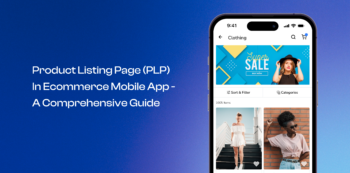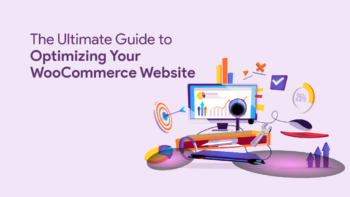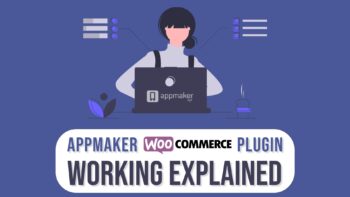To start a clothing brand from scratch, the first and foremost requirement is a vision and a subsequent business plan. Starting an iconic clothing line can’t be difficult with the right resources, and dedication.
As you see, there’s so much of resources available online and offline. But here’s a consolidated one-stop document for you to refer and kick start following your dreams.
Start a clothing brand in 10 steps
Here’s your 10-step process to start a clothing brand from scratch. You can skip or club the steps to suit your existing resources and needs. After all result is all that matters!
Step 1: Recognize a need in the market
Identify a product that is not available in the current market and which can create a difference. Recognizing the niche that has not been filled yet will give you an idea on what to offer and where to offer. It also will help you find a place for you products in the already established market and lets you stand out among the crowd.
Step 2: Formulate a business plan
Formulating a business plan helps you establish your ultimate goal. It also guides you to structure your business strategy by providing a systematic methodology for materializing your business idea, here opening a clothing brand. A business plan makes many of your tasks in this process easy and acts as an go-to document at any stage of opening a clothing business.
Step 3: Find your target audience
The customers for whom you are launching the product line is your target audience. A detailed picture of the customer group’s demographics will only benefit you. You can segment the audience and formulate different customized strategies to approach each group. All this is available only if you identify the super set of customers groups that your are targeting.
Step 4: Get creative and start designing
This is probably where you are confident and good at. Create and design something that can be your calling card to the future. Be as unique as possible so that the product itself can be your brand identity. While you are at it, consider making the design cost-effective and sustainable so that it attracts a wide variety of customers’ interest.
Step 5: Identify a clothing manufacturer
You may be good at designing and making clothes. But without a clothing manufacturer, you won’t be able to meet the commercial demands. You might want to make tie-ups for fabric supply, and mass production. You can even source manufacturing from countries such as China, Vietnam, Sri Lanka, or Bangladesh. On the other hand, depending on your scale of production you can even go for a local print-on demand facility.
The key point is, whichever method you choose, a good vetting process will only help you to make the right choice. So, be prepared to do some travel at this stage.
Step 6: Create a brand name, logo, and market profile
Creating a public profile in business starts right from choosing a brand name and a matching logo that can establish your unique identity. Nowadays, brand identity is what makes you stand apart and it is not wise to ignore the investment need in this area. Create a slogan and a compelling brand story to reach out to more customers.
As a growth plan, you can also create an eCommerce website and a mobile app to adopt a multichannel approach.
Step 7: Decide a price point for your items
This stage is where the demographic study that you you have done about your audience helps you. Research and come up with a price point that takes your product directly to your target customer group. An ideal price point will be one that covers all your manufacturing cost, at the sametime is acceptable for your customer group.
Step 8: Start the marketing process
Today, marketing a product has a plethora of options. Formulate a marketing strategy that is viable to you. Social media marketing and content marketing are good choices as it will help your clothing brand reach masses within no time. If you are clear about your target customers and market segment, deciding a marketing strategy won’t be a pain for you.
Step 9: Set realistic sales and distribution goals
Setting price points and marketing does not end your role in the business planning. You have to come up with sales goals and distribution goals so that you can embark your growth journey as per your business plan.
Step 10: Establish a growth plan with investors and partners
Once you start your business rolling, you have to look out for growth plans in terms of production quantity, variety and new markets. All this calls for more money and that’s where you need investors and partners. Don’t be hesitant to scale up by letting others invest in the business.
That’s it. Remember, nothing pays you more than hard work and perseverance, combined with a well-planned strategy!
Already a WooCommerce store owner? Build a Mobile App to Win More Customers
Appmaker specialises in Quality and Performance guaranteed, E-Commerce Android/iOS Apps for E-Commerce Businesses. Get in touch









No Comments
Leave a comment Cancel